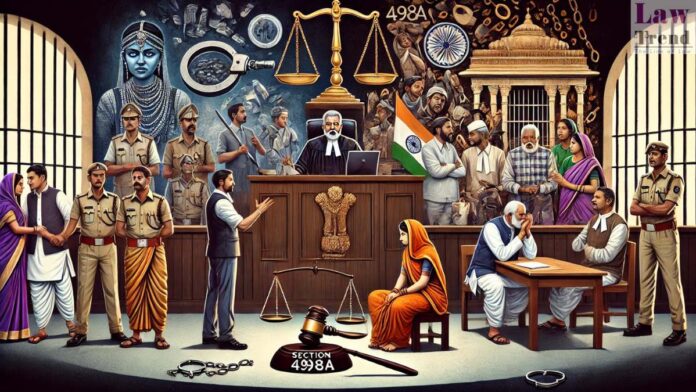In a recent judgment, the Bombay High Court (Aurangabad Bench) acquitted Namdeo Laxman Bansode of charges under Sections 306 (abetment of suicide) and 498A (cruelty) of the Indian Penal Code, emphasizing that not every instance of harassment or cruelty constitutes an offense under Section 498A. The Court, led by Justice S. G. Mehare, set aside
To Read More Please Subscribe to VIP Membership for Unlimited Access to All the Articles, Download Available Copies of Judgments/Order, Acess to Central/State Bare Acts, Advertisement Free Content, Access to More than 4000 Legal Drafts( Readymade Editable Formats of Suits, Petitions, Writs, Legal Notices, Divorce Petitions, 138 Notices, Bail Applications etc.) in Hindi and English.




